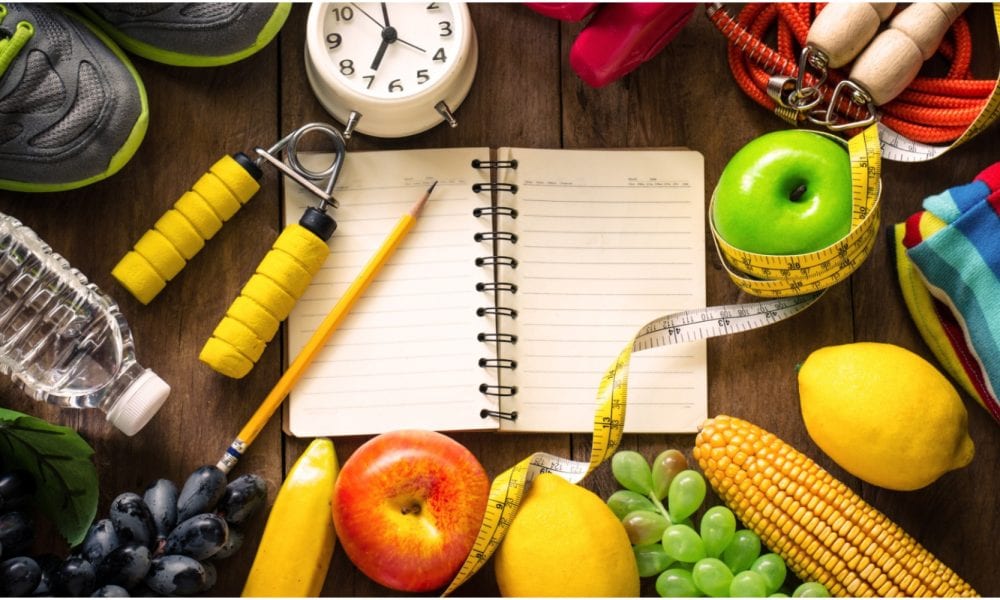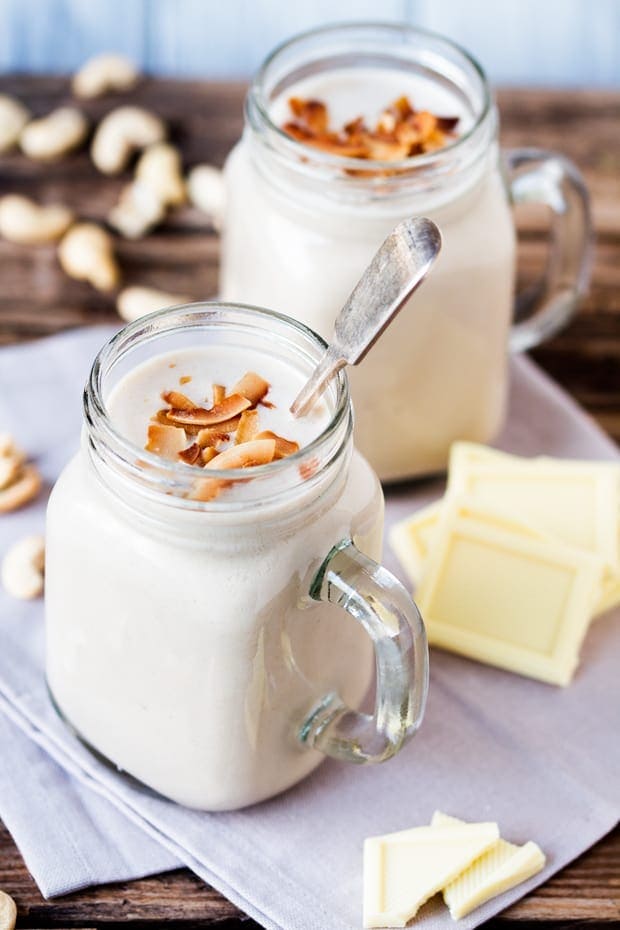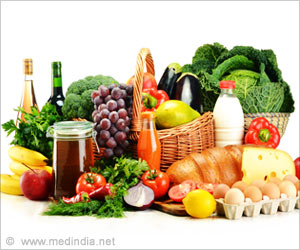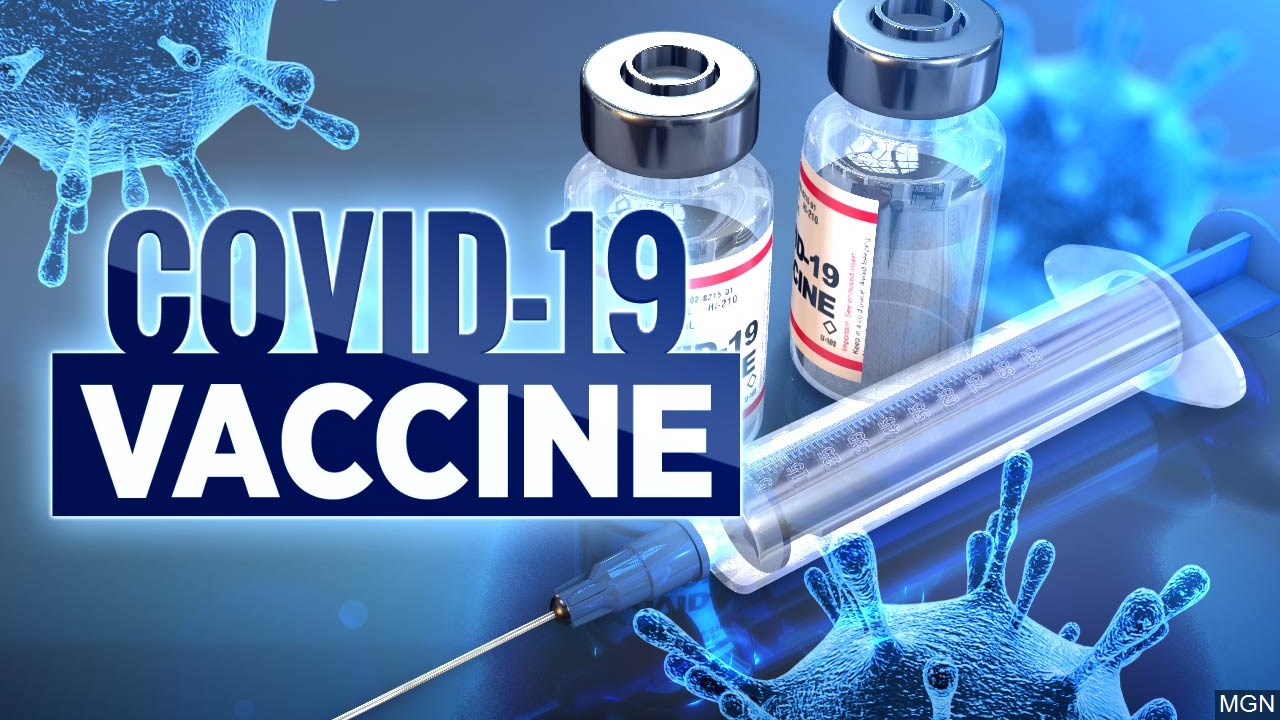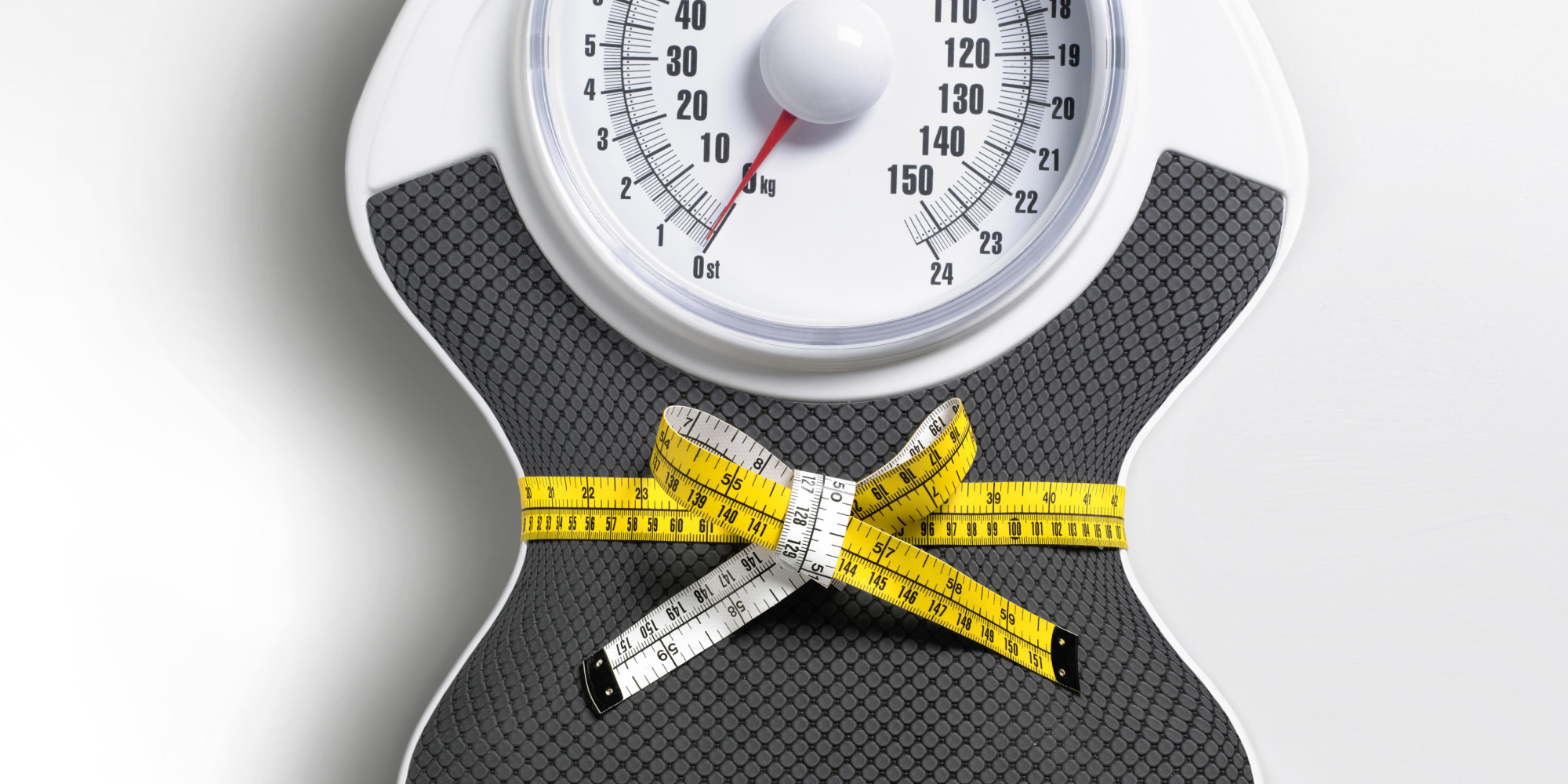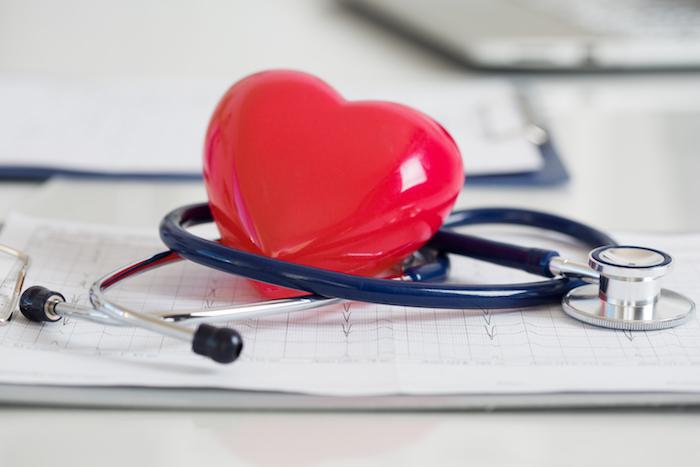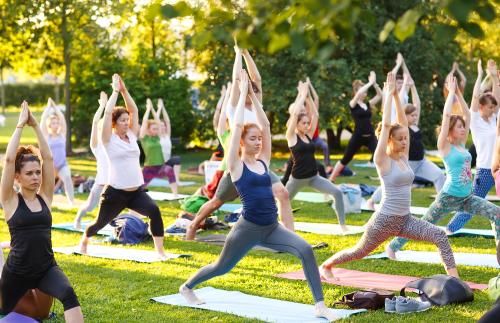Do you drink enough water each day? If not, your overall health may be taking a toll. And why is drinking water important? Drinking water regularly can help you to lose weight, think better, be in a better mood, prevent disease, and more.
Why Do Our Bodies Need Water?
How much of the human body is water? It might surprise you to learn that water makes up about 60 percent of our body weight.
And what does water do for the body? The benefits of drinking water are many: It’s vital for almost every function in the body. Water acts as a building block, a solvent for chemical reactions, and a transport material for nutrients and waste.
Water also helps maintain blood volume and allows proper circulation, helps regulate our body temperature, and acts as a shock absorber for our joints and our brain. There are still more health benefits of water: It helps lubricate the linings of our inner organs and maintains healthy kidney function.
6 Health Benefits of Drinking Water
Drinking plenty of water can help keep your body healthy and functioning at its highest capacity. Staying hydrated will help you to:
1. Improve physical performance.
During physical activity, our bodies use up a lot of water. So stay hydrated before, during, and after exercise helps to protect your body from harm, and to help you to perform better. Proper hydration can reduce fatigue, improve endurance, lower your maximum heart rate, and more. Drinking water can also help you to be less sore after exercise.
2. Help you to lose weight.
Are you having trouble with your weight loss efforts? Increasing your water intake may help you achieve better results. Studies show that people who are on diets lose more weight when they also increase their water intake. In one study, people on weight loss diets who drank 500 ml of water before each of their three daily meals for 12 weeks lost 4.6 more pounds on average than people who did not drink the additional water.
3. Boost your mood.
People who drink more water also tend to have better moods. One study found that when people who regularly drank less than 1.2 liters of water per day increased their intake to 2.5 liters per day, the participants experienced significantly less confusion, bewilderment, fatigue, and sleepiness. On the other hand, for people who regularly drank two to four liters of water per day who were then restricted to one liter per day, the reduced water intake led negative effects on mood, including decreased contentedness, calmness, and positive emotions.
4. Boost your brainpower.
When you consume more water, you may improve your cognitive performance, too. Several studies have shown that people drinking water during cognitive tasks performed much better than those people who did not drink water during the tasks. These results have been found in both adults and children. Studies suggest that even mild dehydration can impair cognitive function in the short-term. So next time you need to focus, take a test, or use all of your brainpower, keep a glass of water next to you and keep sipping.
5. Prevent headaches.

Drinking plenty of water every day has been proven to reduce the risk of gout attacks.
Water deprivation is a very common cause of headache. In most cases, rehydrating can provide relief from a headache. For some people, dehydration can also trigger a migraine, so be sure to keep your water intake regular if you are prone to getting migraines or headaches.
6. Protect against disease.
One of the most important answers to the question “Why is water important?” is its role in disease prevention. Proper hydration may be a useful tool in preventing a variety of health conditions and diseases. Staying hydrated may protect against kidney stones, constipation, asthma, urinary tract infections, coronary heart disease, and even possibly some cancers.
How Much Water Should You Drink a Day?
The amount of water you need to drink will depend on several factors, including your age, gender, activity level, and more. However, here’s a good general guideline when it comes to recommended daily water intake: Women should drink at least 2.21 liters per day and men should drink three liters per day.
Increase your daily water intake as you increase your activity level. Be sure to always drink filtered water to avoid toxins found in tap water. For tips on choosing the best water filter, read more here.
As you age, you will likely feel less thirsty and thus be prone to drinking less fluid. However, hydration is as important as ever in old age, so be sure to keep water on hand and drink regularly throughout the day, even if you don’t feel thirsty.
Need help drinking more water? Keep track of your water intake by measuring your progress with a cup or water bottle placed in a spot you will see it throughout the day. Set goals for yourself at time points throughout the day to make sure you are drinking enough.
Drinking water regularly can help you to lose weight, think better, stay in a better mood, prevent disease, and more. Is that enough to have you reaching for your water bottle?
Source: University Health News From: universityhealthnews.com

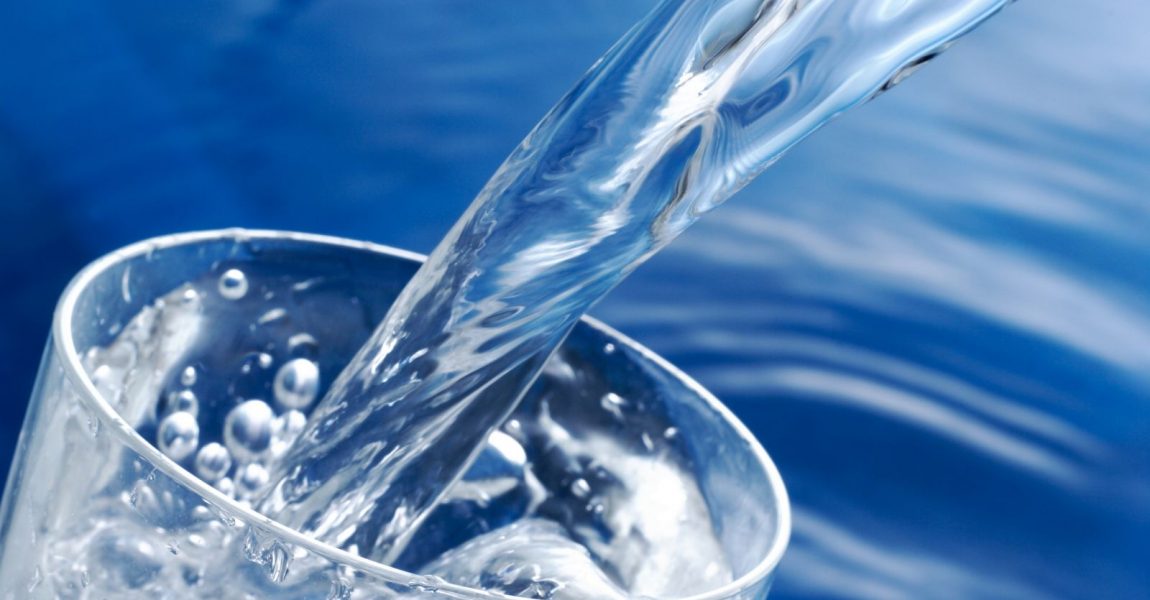
 November 11th, 2021
November 11th, 2021  mannoh
mannoh 
